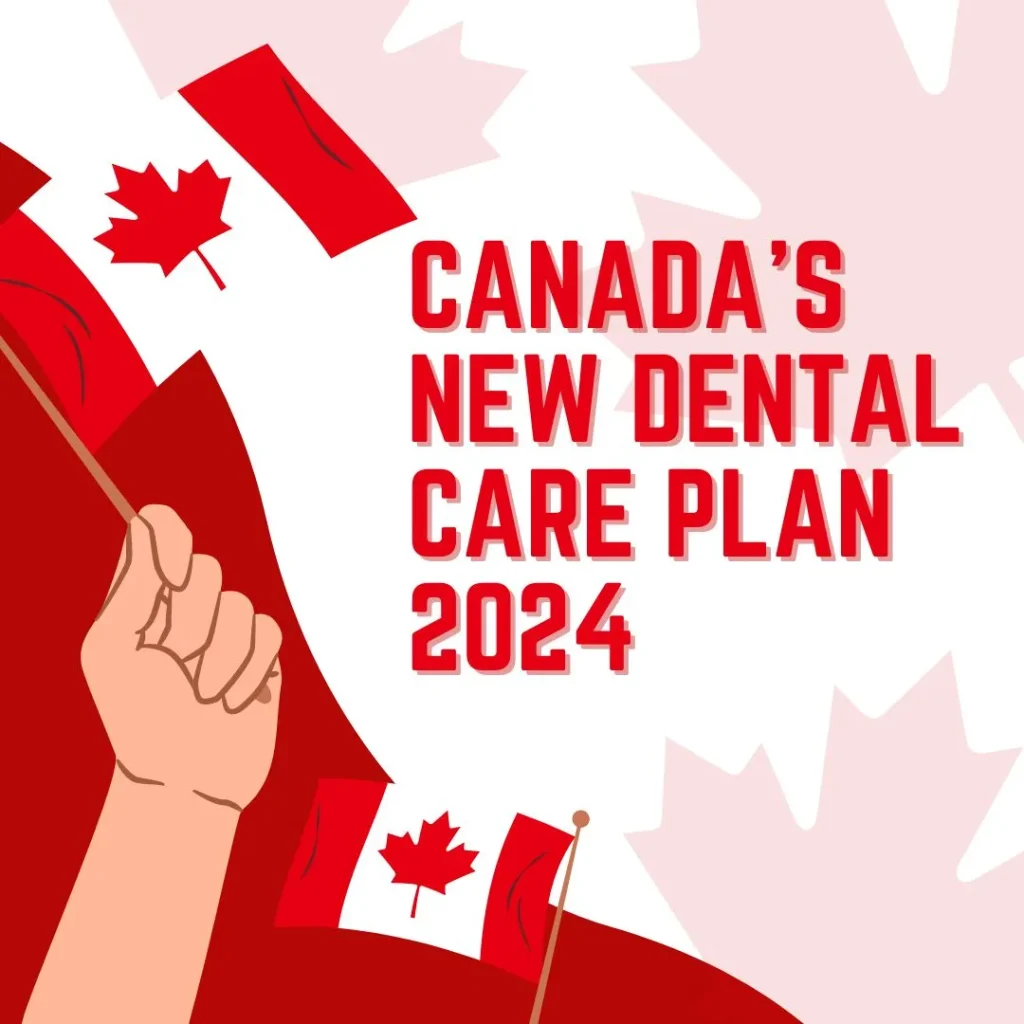A major step in the right direction towards lowering the cost of dental care in Canada is the Canadian Dental Care Plan (CDCP). A pillar of the government’s commitment to health equity is the CDCP, which is intended to help qualified citizens who do not have access to dental insurance. A thorough description of the CDCP is given in this article, together with information on eligibility requirements, application procedures, services that are covered, and advice for recipients and oral health practitioners.

Overview of the Canadian Dental Care Plan
Understanding how important dental health is to overall wellbeing, the Canadian government established the CDCP to help individuals in need receive necessary dental care. Families, the elderly, and those with disabilities who do not have private insurance and meet certain income requirements are the program’s primary target demographics.
Eligibility Criteria
To qualify for the CDCP, applicants must meet the following requirements:
- Lack access to dental insurance.
- Have an adjusted family net income of less than $90,000 per year.
- Be a Canadian resident for tax purposes.
- Have filed a tax return in the previous year.
It is significant to remember that people may still be eligible for the CDCP if they currently receive dental coverage via federal, provincial, or territory social programs. The plan is made to seamlessly cover any gaps in your current coverage.
Application Process
Applications for the CDCP will open in phases based on different demographic groups:
- Seniors aged 65 and above: Started in December 2023.
- Adults with a valid Disability Tax Credit certificate: Starting June 2024.
- Children under the age of 18: Starting June 2024.
- All remaining eligible Canadian residents: Starting in 2025.
Before submitting an application, potential candidates must have submitted their 2023 tax return and obtained a Notice of Assessment. Personal data requested by the application includes your full name, date of birth, Social Security number, residential and mailing addresses, and your home location.
Covered Services
The CDCP covers a range of oral health services aimed at maintaining dental health and preventing or treating oral diseases. These include:
- Preventive services like cleanings, sealants, and fluoride treatments.
- Diagnostic services such as exams and x-rays.
- Restorative services including fillings.
- Endodontic services like root canal treatments.
- Prosthodontic services, including dentures.
- Periodontal services such as deep scaling.
- Oral surgery including extractions.
Certain services may require preauthorization to confirm coverage under the plan. This ensures that treatments are necessary and appropriate based on the individual’s dental health needs.
Coverage Details and Co-payments
The CDCP will reimburse a percentage of the cost for covered services based on established fees and the applicant’s adjusted family net income. Co-payment levels vary:
- Income below $70,000: 100% coverage at CDCP rates; no co-payment.
- Income between $70,000 and $79,999: 60% coverage; 40% co-payment.
- Income between $80,000 and $89,999: 40% coverage; 60% co-payment.
Additional charges may apply if the cost of services exceeds the CDCP rates or if services outside the plan are chosen.
Provider Participation and Billing
Denturists, dentists, and dental hygienists are among the dental providers who can join the CDCP by confirming their involvement with Sun Life, the plan administrator. Even in the absence of official CDCP membership, providers will be permitted to charge Sun Life directly for covered services starting of July 8, 2024, on a claim-by-claim basis. This flexibility is intended to lower patients’ out-of-pocket costs and streamline the process of compensation for providers.
Coordination of Benefits
In order to guarantee thorough coverage free from duplication, the CDCP is made to work in tandem with currently running federal, provincial, and territory dental programs. To help providers manage claims, factsheets on coordination procedures are available for each jurisdiction.
FAQ Section
When can I apply for the CDCP?
Applications are phased based on demographic criteria. Seniors 65 and older could start applying in December 2023, while other groups will follow through 2025.
What services are covered by the CDCP?
A wide range of services targeted at preventing, identifying, and treating dental diseases are covered by the CDCP. This covers root canals, fillings, cleanings, examinations, and more. Certain services need prior authorization.
How do I check the status of my application?
After submitting an application, you can check its status online or by giving the CDCP call center a call at 1-833-537-4342. To access this information, you will require your personal identification number and application code or client number.
What should I do if I already have dental coverage?
The CDCP can complement existing coverage from government social programs, filling any gaps without duplicating benefits. There will be no coordination with private insurance plans.
An important program to help Canadians who struggle to pay for essential services get better access to dental care is the Canadian Dental Care Plan. The CDCP, which represents a substantial improvement in public health policy, aims to improve oral health across the country by offering complete coverage and collaborating with already-existing programs.
To Know More Latest Finance News then Visit – stevedigioia.com



